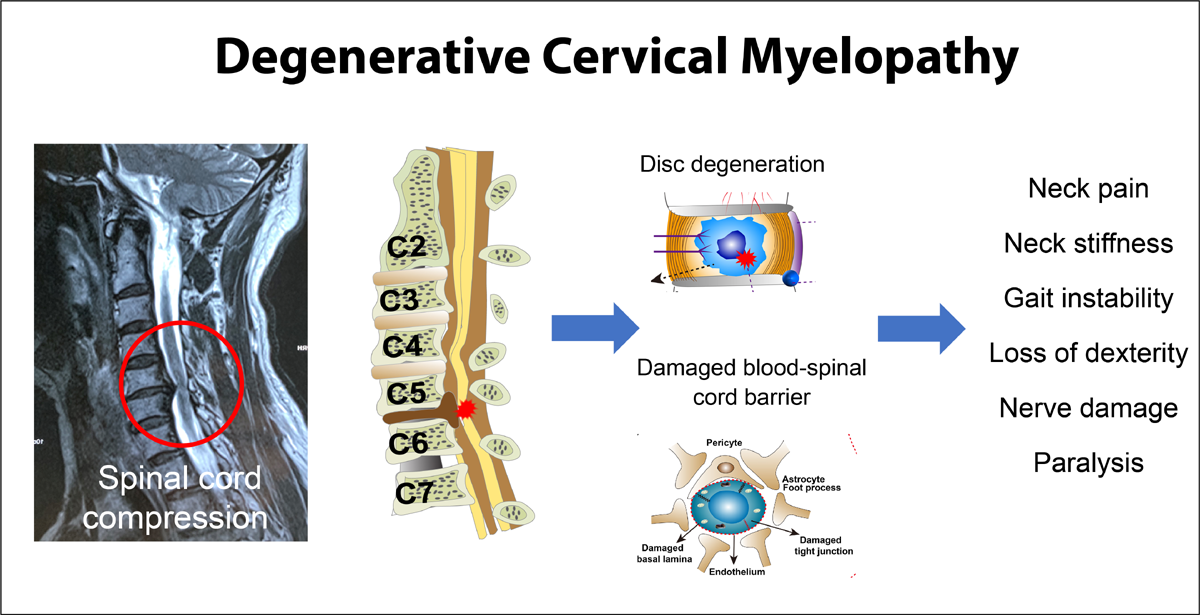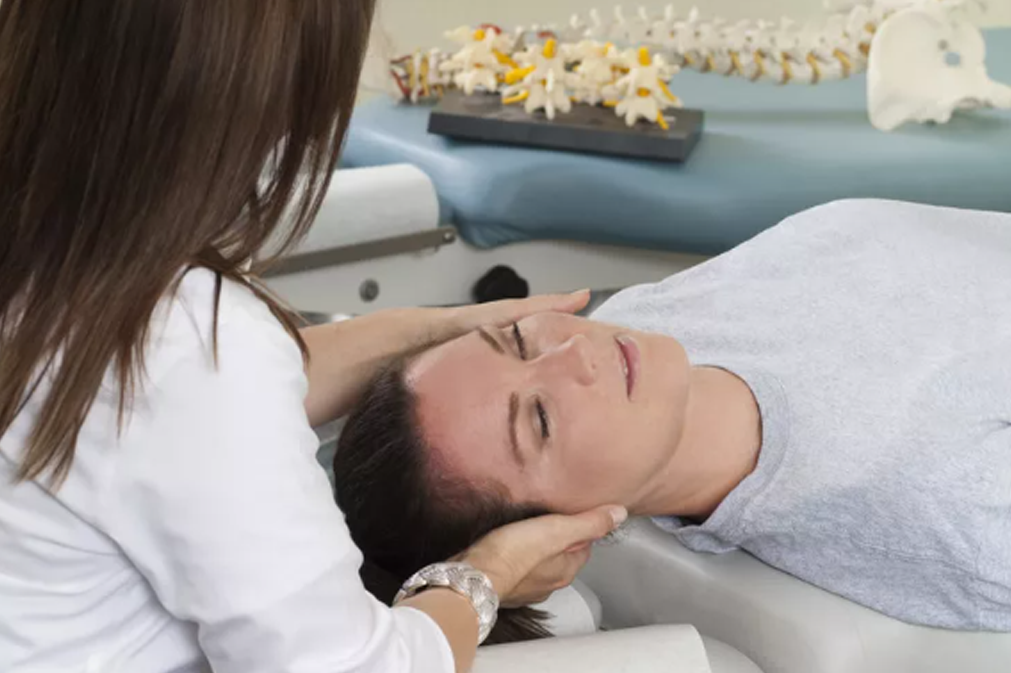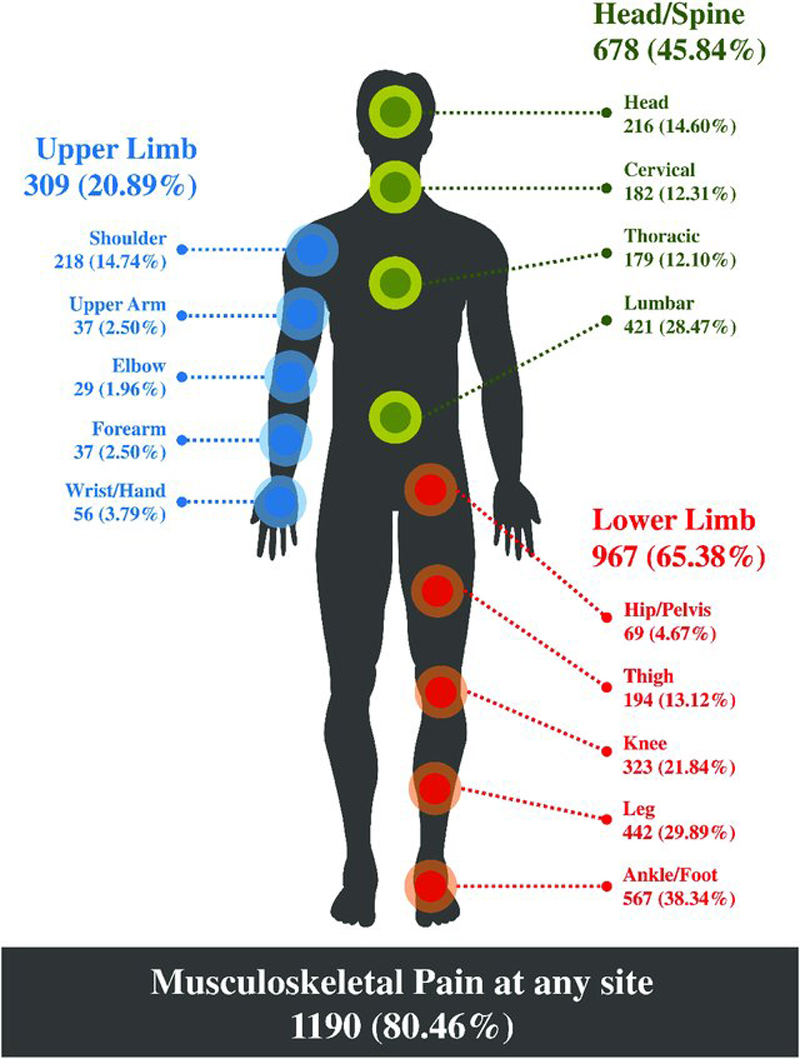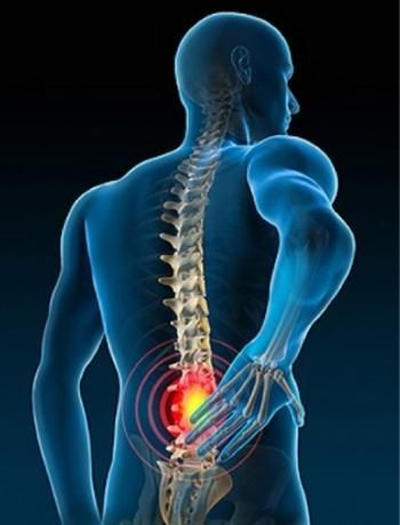Short Term Treatment Versus Long Term Management of Neck and Back Disability in Older Adults Utilizing Spinal Manipulative Therapy and Supervised Exercise: A Parallel-group Randomized Clinical Trial Evaluating Relative Effectiveness and Harms
SOURCE: Chiropractic & Manual Therapies 2014 (Jul 23); 22: 26
Corrie Vihstadt, Michele Maiers,
Kristine Westrom, Gert Bronfort,
Roni Evans, Jan Hartvigsen and
Craig Schulz
Northwestern Health Sciencs University,
Wolfe-Harris Center for Clinical Studies,
2501 W 84th Street,
Bloomington 55431, MN, USA.
BACKGROUND: Back and neck disability are frequent in older adults resulting in loss of function and independence. Exercise therapy and manual therapy, like spinal manipulative therapy (SMT), have evidence of short and intermediate term effectiveness for spinal disability in the general population and growing evidence in older adults. For older populations experiencing chronic spinal conditions, long term management may be more appropriate to maintain improvement and minimize the impact of future exacerbations. Research is limited comparing short courses of treatment to long term management of spinal disability. The primary aim is to compare the relative effectiveness of 12 weeks versus 36 weeks of SMT and supervised rehabilitative exercise (SRE) in older adults with back and neck disability.
METHODS/DESIGN: Randomized, mixed-methods, comparative effectiveness trial conducted at a university-affiliated research clinic in the Minneapolis/St. Paul, Minnesota metropolitan area.
PARTICIPANTS: Independently ambulatory community dwelling adults ≥ 65 years of age with back and neck disability of minimum 12 weeks duration (n = 200).
INTERVENTIONS: 12 weeks SMT + SRE or 36 weeks SMT + SRE.
RANDOMIZATION: Blocked 1:1 allocation; computer generated scheme, concealed in sequentially numbered, opaque, sealed envelopes.
BLINDING: Functional outcome examiners are blinded to treatment allocation; physical nature of the treatments prevents blinding of participants and providers to treatment assignment.
PRIMARY ENDPOINT: 36 weeks post-randomization.
DATA COLLECTION: Self-report questionnaires administered at 2 baseline visits and 4, 12, 24, 36, 52, and 78 weeks post-randomization. Primary outcomes include back and neck disability, measured by the Oswestry Disability Index and Neck Disability Index. Secondary outcomes include pain, general health status, improvement, self-efficacy, kinesiophobia, satisfaction, and medication use. Functional outcome assessment occurs at baseline and week 37 for hand grip strength, short physical performance battery, and accelerometry. Individual qualitative interviews are conducted when treatment ends. Data on expectations, falls, side effects, and adverse events are systematically collected.
PRIMARY ANALYSIS: Linear mixed-model method for repeated measures to test for between-group differences with baseline values as covariates.
There are more articles like this @ our:
Low Back Pain and Chiropractic Page
and the:
Exercise and Chiropractic Care Page
and the:
DISCUSSION: Treatments that address the management of spinal disability in older adults may have far reaching implications for patient outcomes, clinical guidelines, and healthcare policy.
TRIAL REGISTRY: www.ClinicalTrials.gov; Identifier:
NCT01057706
KEYWORDS: Back disability; Comparative effectiveness; Exercise therapy; Mixed-methods; Neck disability; Older adults; Spinal manipulative therapy
From the FULL TEXT Article:
Background
Musculoskeletal complaints such as back and neck pain are common in the general population but are particularly troublesome in older adults [1] and into extreme old age. [2] In a one to three month time period, approximately 20–35% of older adults report low back pain [3–6], 5–22% report neck pain [4–6], and 9–11% suffer concurrent low back and neck pain. [5, 6] Chronic musculoskeletal pain and disability are often associated with increased dependence [1], decreased physical functioning [1, 6, 7] and other co-morbidities [6, 8] which can inhibit vital social activities and quality of life [7], as well as contribute independently to mortality. [9] Healthcare expenditures for back and neck problems have increased with limited improvement in health status. [10, 11] A Medicare claims analysis found back pain to be the second most costly chronic non-cancer pain condition; the adjusted cost attributed to back pain per affected member was $2,888 annually. [12] With nearly 40 million older adults living in the US [13], this quickly growing age group [14] is projected to double by 2040. [13] Subsequently, investigating conservative non-pharmacological treatments that temper the effects of back and neck problems is an important public health issue. [12]
In the general population, exercise therapy has demonstrated effectiveness for back and neck pain and disability [15, 16], particularly when tailored to the individual. Evidence suggests that older adults who exercise experience reduced risk of disability and functional decline. [17] Accordingly, regular exercise is recommended to maintain health and functional ability among older adults. [18] Importantly, Hayden et al. found exercise combined with conservative treatment such as manual therapy improved functional outcomes in the general population with chronic low back pain. [15]
Approximately 11–17% of older Americans seek care from chiropractors annually. [19, 20] While a majority of research has focused on short and intermediate term effectiveness of spinal manipulative therapy (SMT) in the general population [16, 21], there is a limited, yet growing body of evidence suggesting effectiveness of SMT for back-related disability in older adults. [22, 23] Considering that back and neck pain are often chronic in nature and part of a constellation of co-morbidities that impact functional ability [24], a long term management approach may be more appropriate to effectively address back and neck disability in older adults. Long term management may aid in maintaining the improvement in functional capacity achieved during a short course of treatment [25] and may minimize the impact of future exacerbations. [26] This theory is supported by a small study showing that nine months of continued treatment with SMT sustained participants’ improvement in low back pain and disability compared to those receiving only one month of SMT [27]; however, the effectiveness of long term management of back and neck disability in older adults has yet to be investigated in a full scale trial. [28]
Read the rest of this Full Text article now!






Leave A Comment